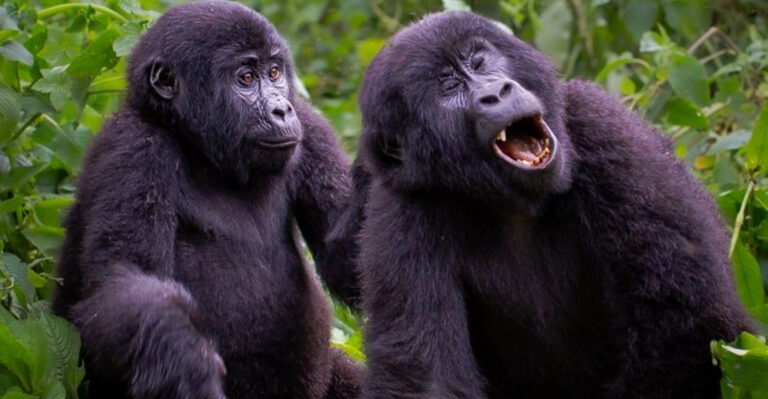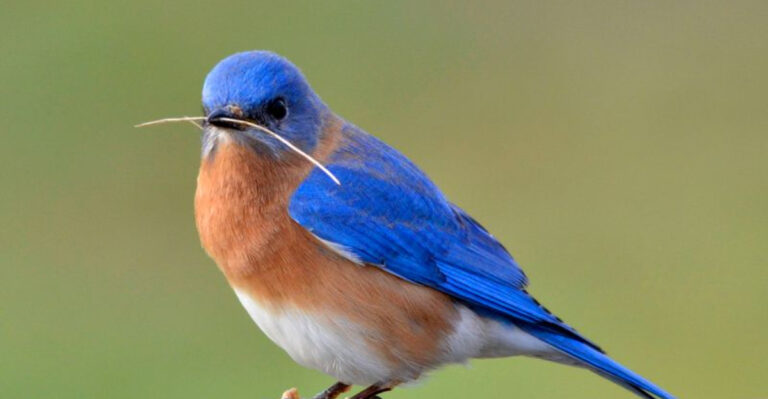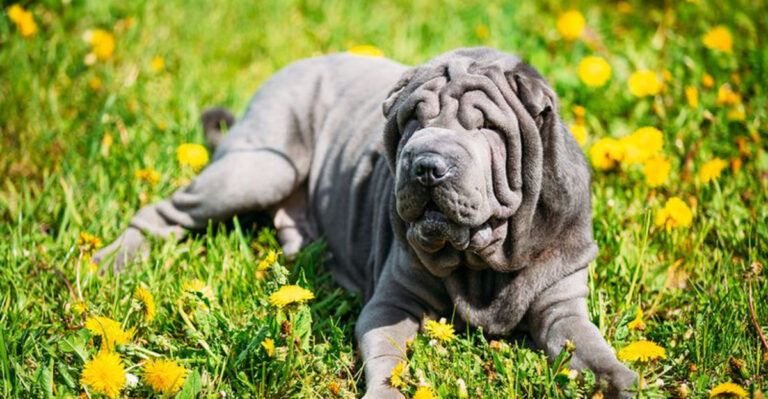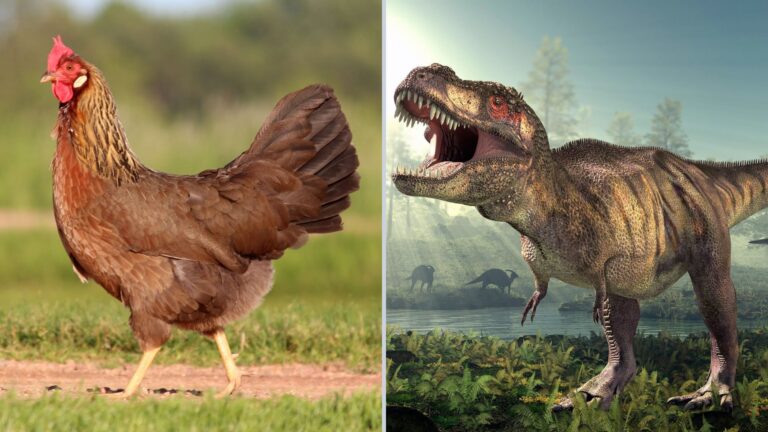12 Fascinating Animals With Blue Blood And Why It’s So Special
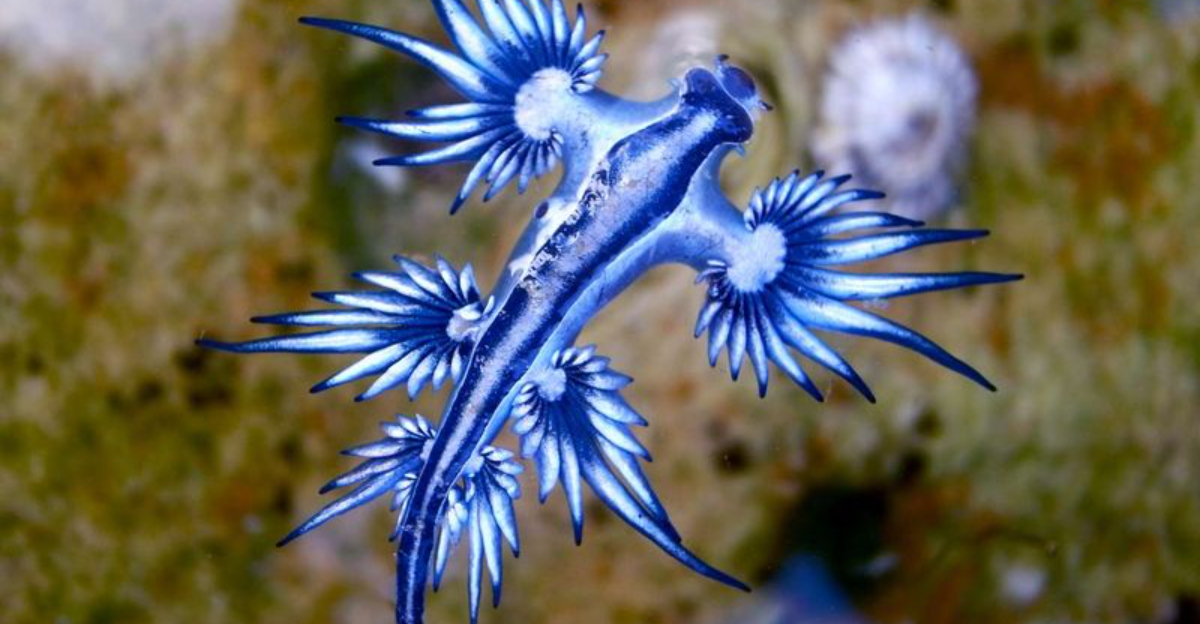
In the diverse tapestry of Earth’s fauna, a few select species boast a remarkable trait – blue-colored blood.
This fascinating phenomenon is not just an anomaly but a testament to the incredible adaptations life has evolved to thrive in varied environments. Join us as we explore these unique species, each with its own story and evolutionary journey, that share this uncommon characteristic.
1. Vampire Squid
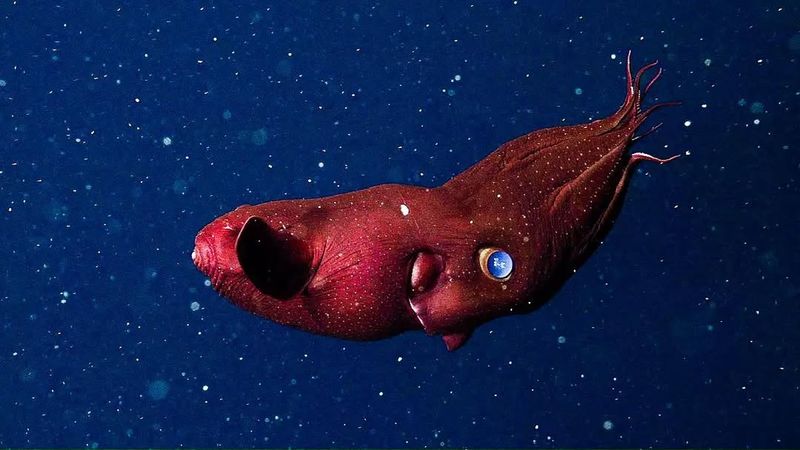
The vampire squid, despite its eerie name, is a gentle deep-sea dweller. Found about 3,000 feet below the ocean’s surface, this creature showcases its blue blood through a unique circulatory system.
This adaptation allows it to thrive in oxygen-poor environments, using hemocyanin instead of hemoglobin for oxygen transport. Its blood appears vividly blue, a striking contrast against the dark abyss.
2. Cuttlefish
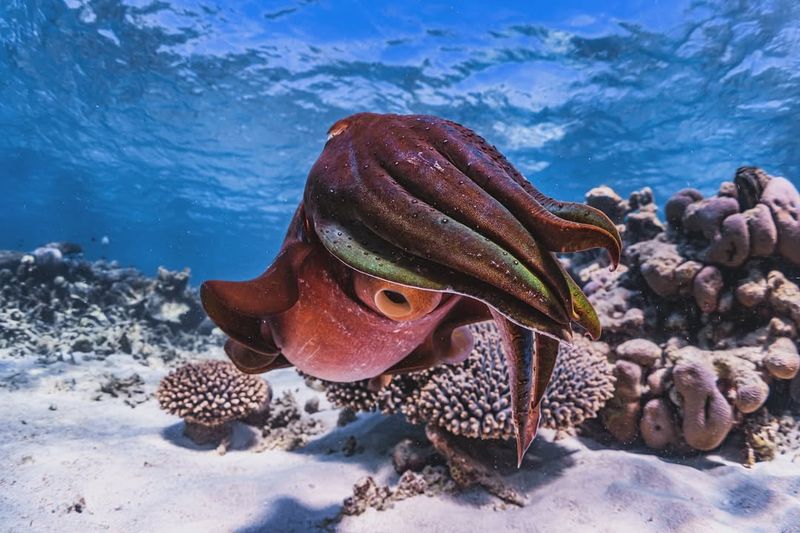
Cuttlefish are remarkable for their ability to change color and texture, but they also have blue blood, thanks to a copper-based molecule called hemocyanin. This helps them survive in low-oxygen environments, making them particularly fascinating creatures in the animal kingdom.
3. Octopus
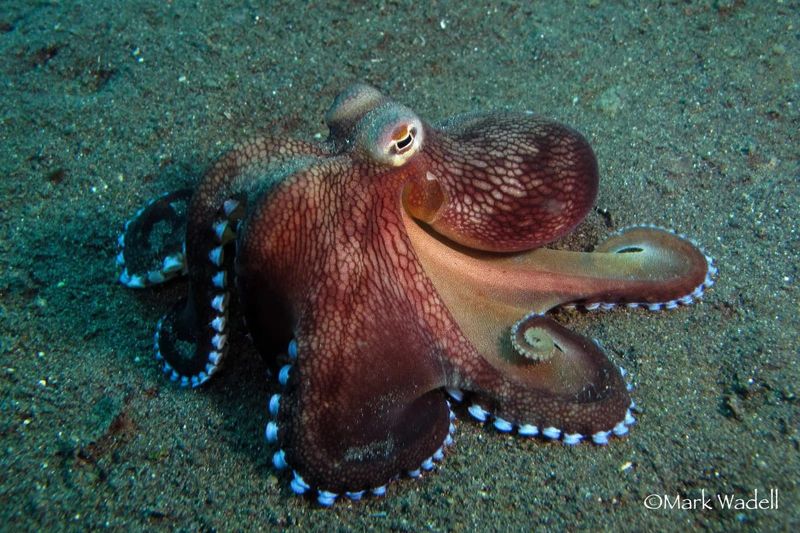
Octopuses are renowned for their intelligence and ability to camouflage, but their blue blood is equally fascinating. This blue hue is due to hemocyanin, which contains copper, allowing octopuses to thrive in cold, deep ocean waters.
Their circulatory system includes three hearts, ensuring efficient oxygen transport. The central heart pumps blood to the body, while the other two pump it to the gills.
4. Horseshoe Crab
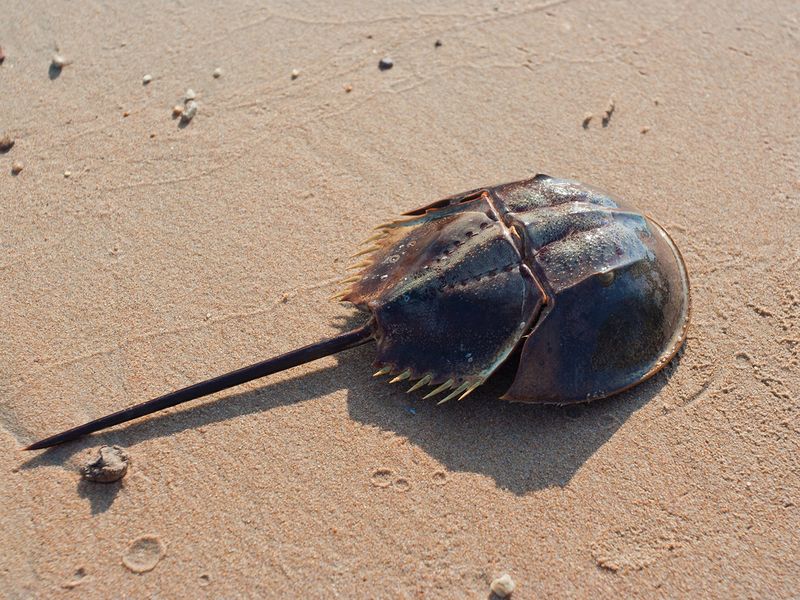
The horseshoe crab is an ancient marine arthropod that has existed for over 450 million years. Unlike most creatures, its blood is blue due to the presence of copper-based hemocyanin, which functions similarly to hemoglobin in humans.
This unique adaptation helps them efficiently transport oxygen in colder, low-oxygen environments. Horseshoe crabs are often found along the shallow coastal waters of North America and Southeast Asia.
5. Squid
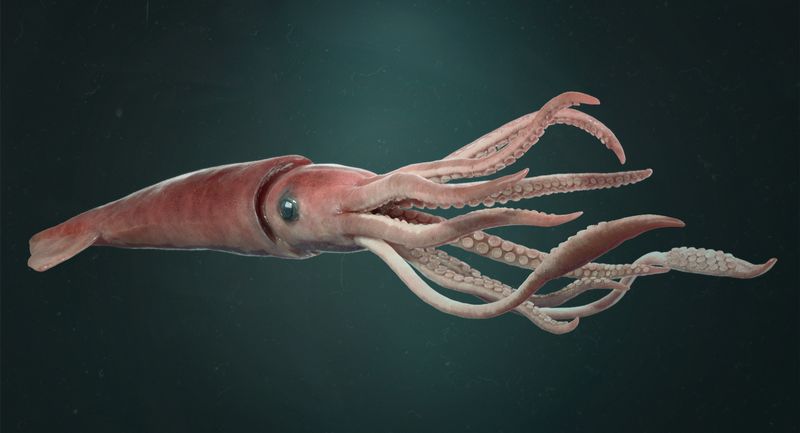
Squids, like their cephalopod cousins, boast blue blood due to hemocyanin. This adaptation is crucial for surviving in the cold, high-pressure environments of the deep sea, where oxygen is scarce.
Their efficient circulatory system includes multiple hearts, which helps maintain their active predatory lifestyle. The blue blood is not only a survival mechanism but also a wonder of nature’s engineering.
6. Lobster
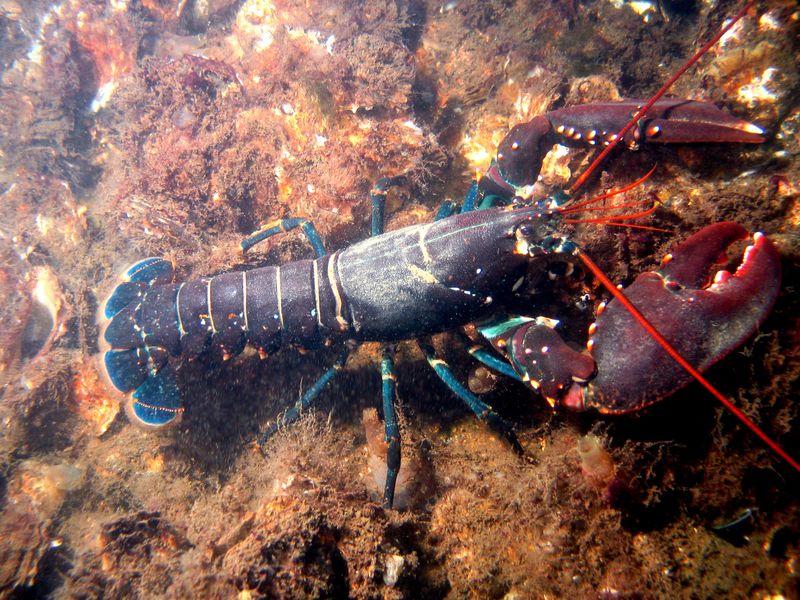
Lobsters are perhaps best known for their culinary value, but their biology is equally intriguing. Their blue blood results from hemocyanin, enabling them to efficiently process oxygen in their cold marine habitats.
This adaptation supports their long lifespan and allows them to thrive in varying environmental conditions. Lobsters are found in oceans worldwide, with a preference for rocky, coastal regions.
7. Tarantula
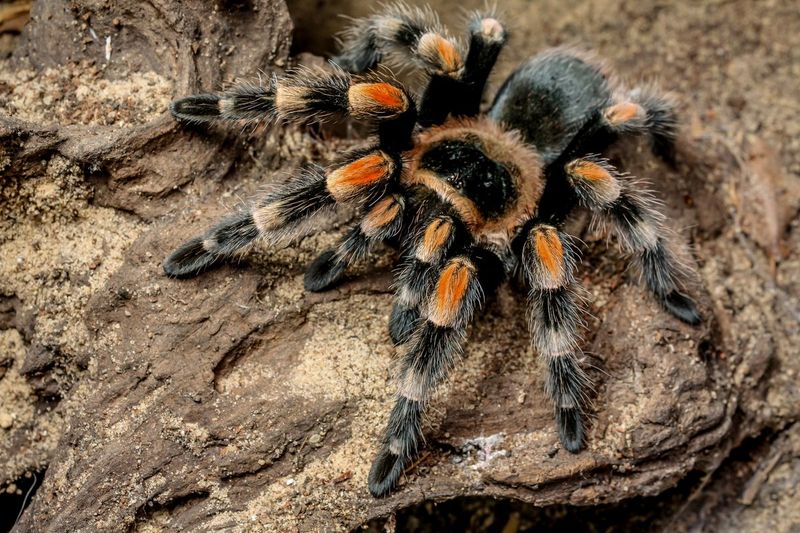
Tarantulas, often misrepresented as fearsome creatures, are fascinating arachnids with azure blood due to hemocyanin. This adaptation is essential for their survival, allowing them to efficiently transport oxygen.
Found in warm climates, tarantulas play a vital role in maintaining the ecological balance by controlling pest populations. Their unique circulatory system aids in surviving their often harsh environments.
8. Sea Star
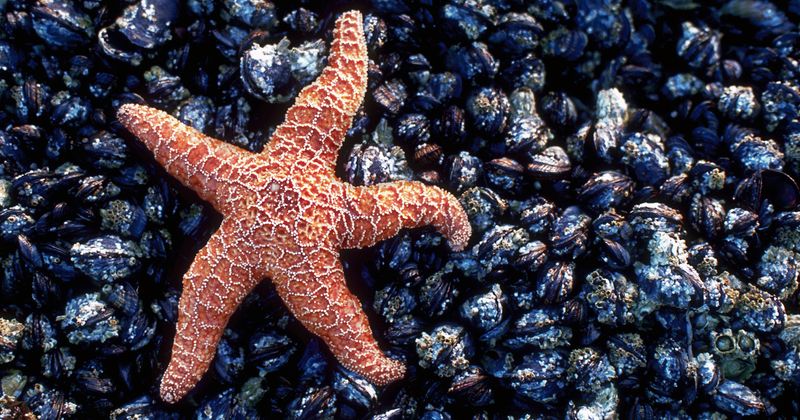
Sea stars, or starfish, are echinoderms that possess blue blood due to copper-based hemocyanin. This adaptation is adept at oxygen transportation, crucial for their survival in the diverse marine environments they inhabit.
Their unique radial symmetry and regenerative abilities add to their intrigue, allowing them to thrive despite predation or injury. Sea stars are key contributors to marine ecosystem health, playing a role in controlling algae and prey populations.
9. Snail
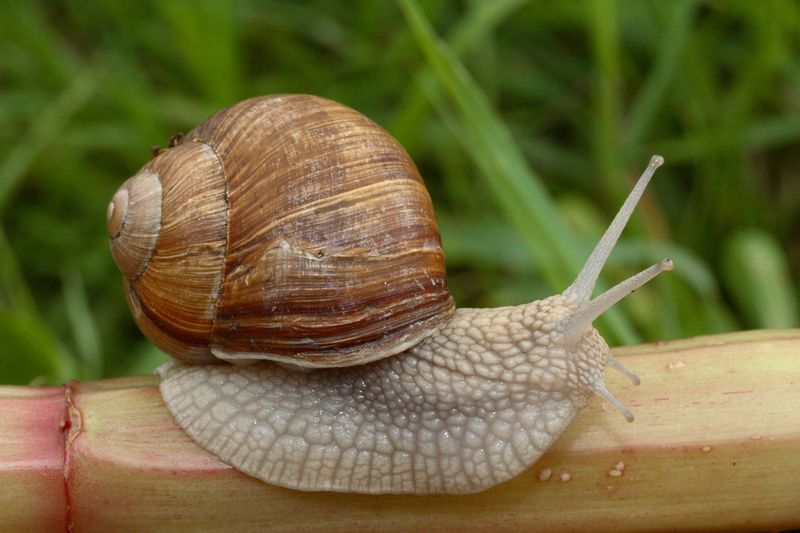
Snails, though often overlooked, possess blue blood due to hemocyanin. This adaptation aids in their survival by facilitating efficient oxygen transport, vital for their slow-paced lifestyle.
Found in diverse environments from gardens to oceans, snails are integral to the ecosystem, aiding in decomposition and nutrient cycling. Their biology offers insights into adaptation and evolution in various habitats.
10. Scorpion
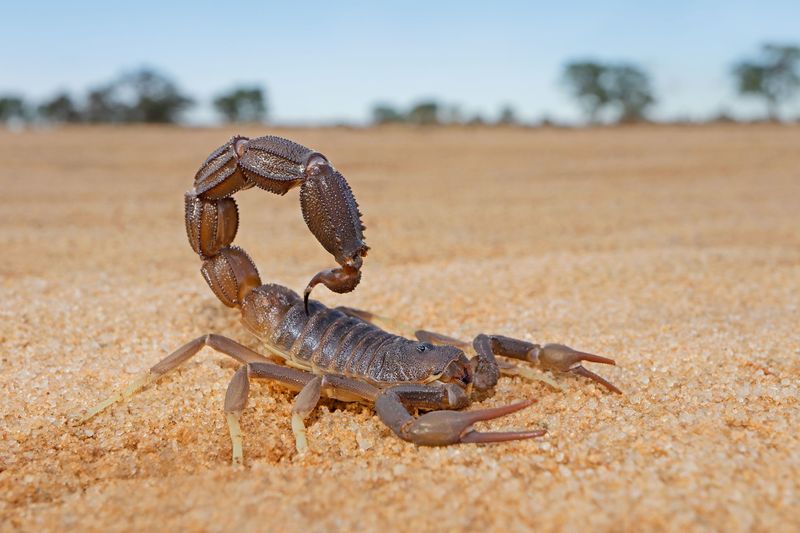
Scorpions, emblematic of resilience, feature blue blood due to hemocyanin. This adaptation is critical for their survival, particularly in arid desert environments where oxygen levels fluctuate.
Their physiology, including a robust exoskeleton and efficient circulatory system, allows them to conserve water and survive extreme conditions. Scorpions are ancient predators, with a lineage tracing back hundreds of millions of years.
11. Crab
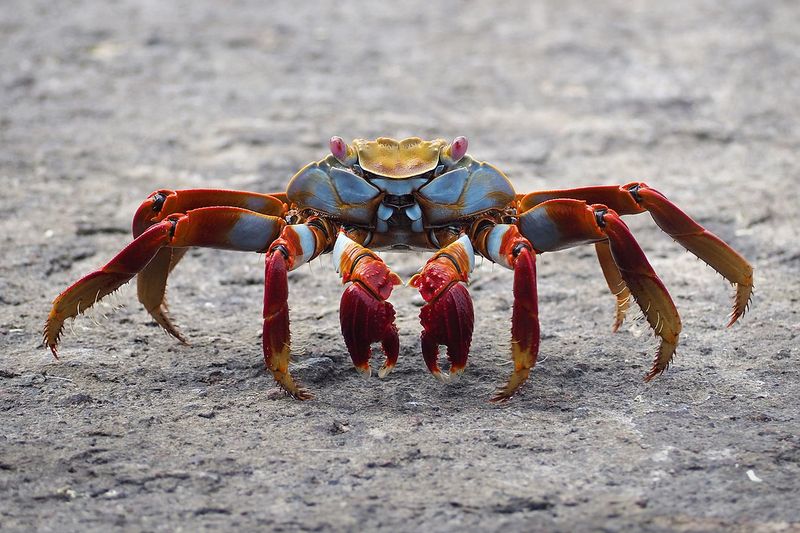
Crabs are diverse crustaceans known for their sideways walk and blue blood, a result of copper-based hemocyanin. This adaptation is essential for oxygen transport, particularly in their aquatic habitats.
Their robust exoskeleton provides protection and supports their varied diet as omnivores. Crabs play a crucial role in the food chain, serving as both predators and prey.
12. Sea Slug: Blue Dragon
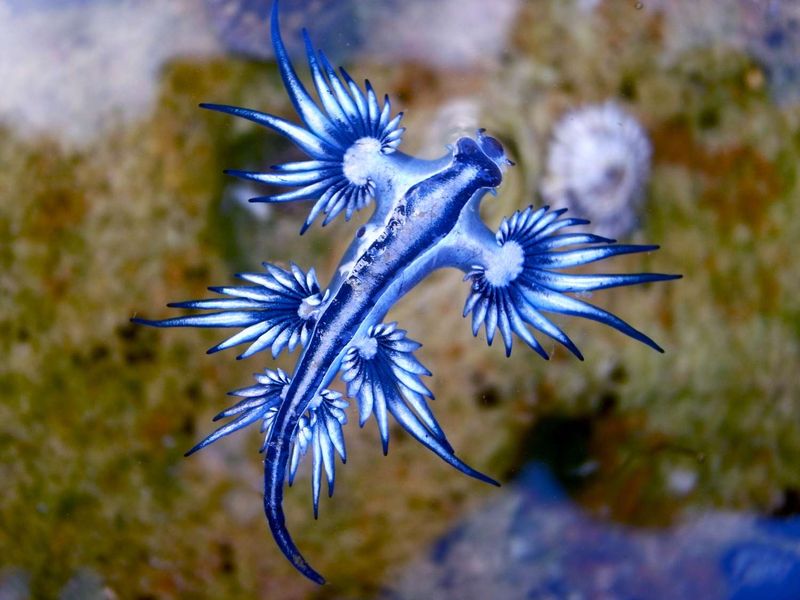
The blue dragon, or Glaucus atlanticus, is a captivating sea slug that drifts on the ocean’s surface. It is known for its striking coloration, which serves both as camouflage and a warning to potential predators.
The blue blood of the blue dragon is a result of hemocyanin, which efficiently oxygenates their bodies while they float.
Blue dragons feed on venomous prey, such as the Portuguese man o’ war, and are able to store the venom for their own defense. This ability makes them formidable creatures despite their delicate appearance.

